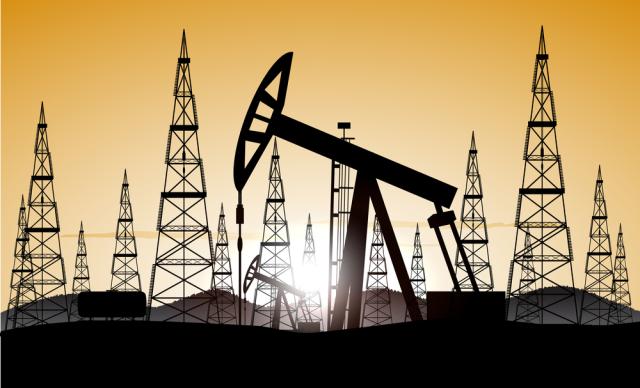
Haynesville Shale is expected to lead gas production growth in 2023. (Source: Shutterstock)
SHREVEPORT, Louisiana –The Haynesville Shale is expected to lead gas production growth in 2023, Enverus General Manager of Power & Renewables Bernadette Johnson said on March 29 at Hart Energy’s DUG Haynesville Conference.
“As you fast forward to 2024 it shrinks pretty significantly,” she said of production growth. “Basically, from where we are today, we expect it [production] to stay pretty level until we get some additional demand and takeaway capacity.”
Johnson said more Haynesville production growth was expected in the outer years between 2025 and 2027.
“And that’s tied really closely with the price pressure we are seeing today and the market working,” Johnson said, adding that Enverus also envisions some inventory challenges in the play by the end of the decade.
In 2022, gross gas withdrawals in the Haynesville region in Louisiana and Texas rose by 2 billion cubic feet per day (Bcf/d) to 15.3 Bcf/d, or around 13% of total U.S. gross gas withdrawals, the U.S. Energy Information Administration (EIA) reported on March 29.
The Haynesville offers operators a strategic location to drill for gas due to its proximity to the U.S. Gulf Coast, where demand from U.S. LNG export terminals and industrial facilities has been growing, EIA said.
Russia’s invasion of Ukraine in February 2022 boosted demand in Europe for U.S. LNG imports amid a reduction in energy imports from Russia, which has faced continued sanctions from Western powers from the EU to North America.
Within the U.S. southern region, Johnson said “Permian associated gas will grow this year, [and] we’ll continue to keep an eye on infrastructure and takeaway options out the region, but we’re seeing bottlenecks start to rematerialize in the late 2026 timeframe.”
Enverus’ bearish outlook over the near-term
Permian natural gas production associated with oil drilling will overwhelm the market until 2025 or beyond as new LNG projects continue to ramp up.
Enverus expects almost 15 Bcf/d of new gas to show up by the end of 2027, with two-thirds of that demand tied to LNG demand.
Johnson said Enverus was bearish on the strip until LNG buildouts start to erode storage surplus.
“Storage is a strong indicator that we have too much gas,” she told attendees to the conference. “We are bearish on the near-term until around 2026, then we are quite bullish.”
“Demand is the constraint. Demand is the ceiling,” Johnson said.
Recommended Reading
Chevron Warns of Ongoing Uncertainties in Venezuela After Elections
2024-08-08 - Chevron, the only U.S. company operating in Venezuela, warned of ongoing uncertainties in the South American after recent presidential elections, and the company has already said it will not invest new capital into the country.
Pitts: Oh, What a Tangled Web the Supermajors Weave
2024-07-23 - Exxon and Chevron and Guyana and Venezuela—‘Let’s Make A Deal’ meets ‘Love, South American Style.’
Shell Trinidad Takes FID at Manatee Offshore Gas Field
2024-07-09 - Shell Trinidad and Tobago Ltd. has taken FID on the Manatee cross-border gas field. Manatee will start production in 2027 and at its peak add 104,000 boe/d or 604 MMcf/d of natural gas to Trinidad’s production profile.
US Extends General License for Petroleos de Venezuela Bond
2024-08-12 - The U.S. has extended the general license for Petroleos de Venezuela's 2020 8.5% bond.
Court Weighs Postponing Citgo Auction Bid Hearing to September
2024-06-28 - A U.S. court has been asked to postpone a hearing to present the high bid in an auction of shares in the parent of Venezuela-owned refiner Citgo Petroleum.




